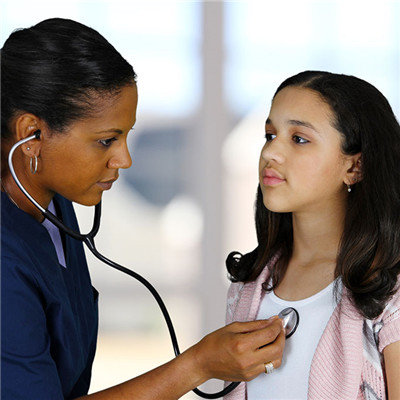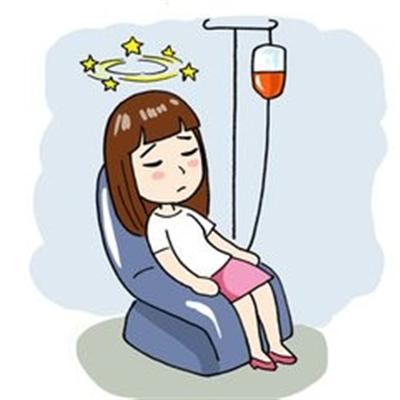Early symptoms of lupus erythematosus related recommendations?
summary
Lupus erythematosus is one of the autoimmune diseases, which belongs to the scope of connective tissue disease. Lupus erythematosus is divided into discoid lupus erythematosus (DLE), systemic lupus erythematosus (SLE), subacute cutaneous lupus erythematosus, deep lupus erythematosus and other types. The onset of lupus erythematosus is slow and insidious, and its clinical manifestations are diverse and changeable. Early symptoms of lupus erythematosus related recommendations? Next, I'd like to share my views with you.
Early symptoms of lupus erythematosus related recommendations?
Fever, can have a high fever (this need to say, in clinical many such cases, the patient had a fever, or even high fever, there are no symptoms, how to check also can't find out, everywhere to see a doctor, to anti-inflammatory drugs also don't reduce the fever, later immune examination, only found suffering from lupus erythematosus.

Test thrombocytopenia, a period of time after the emergence of other lupus symptoms diagnosed as lupus, or due to anemia, leucopenia, etc., also have thrombocytopenic purpura performance. Urine routine found white blood cells or (and) red blood cells, no discomfort, detailed examination and laboratory diagnosis of lupus.

Raynaud's phenomenon, hands turned white and purple when cold, and was diagnosed as Raynaud's disease. After a period of time, other lupus symptoms appeared and was diagnosed as lupus erythematosus; There are women with long-term menstrual disorders, after abortion, childbirth, there are some of the above situations, we should also pay attention to exclude lupus;

matters needing attention
1. We should be considerate of the sufferings of patients, do a good job of ideological guidance, relieve the fear and ideological pressure of patients, and enhance the confidence of overcoming the disease. 2. To popularize lupus knowledge to patients, help them treat the disease correctly and cooperate with the treatment actively. 3. Severe patients should rest in bed. 4. When they have fever, they should be given routine nursing care to avoid catching cold, and actively prevent and treat colds.












